Ingrid Haegele: Applying New Data to Understand Gender
Disparities in the Workplace
Student Research Spotlight: Ingrid Haegele
Gender inequality among top employee ranks has proved stubbornly persistent over the years, with management positions still dominated by men in much of the corporate world.
Labor economists have long asked whether that disparity results from women not applying for higher positions or from active discrimination against women applicants. O-Lab Graduate Fellow Ingrid Haegele is helping to answer that question with the use of a large new dataset that helps her study patterns of application, hiring, and promotion within a single large multinational company.
With this peek inside what she calls the corporate “black box,” Haegele has discovered that, at the company she analyzed, much of the lack of gender equity in management resulted from the fact that many women weren’t applying for their first management-level positions, even when they were well-qualified for the job. This disparity in the promotion chain then has long lasting consequences for employees’ careers, such as reduced lifetime earnings and additional gender disparities in upper management.
“Women and men make different choices when it comes to internal applications,” Haegele said about her findings. “Women apply more for lateral positions and they are less likely to apply for higher ranking positions than men. Since these differences in applications have large effects on employees’ promotion outcomes, I decided to focus on understanding what leads to these choices”
Haegele, a German native, is sifting through data that previously had not been available to economists, such as internal application and hiring data. With those data, she is able to follow the career paths of thousands of employees and calculate the probability that they’ll be promoted during their time at the organization.
Haegele then built upon this dataset by surveying 17,000 employees about their choices to apply or not apply for more senior positions, and what they thought about their chances of advancing. The responses – she received a nearly 50% response rate to the survey - revealed that men and women react to job ads differently. Women have a strong preference for jobs that offer a high degree of flexibility, for example, suggesting that companies seeking to diversify their management staff may need to tailor how those positions are designed in order to make them more appealing to women.
In addition to the broader insights this work is generating, it is also providing concrete opportunities for Haegele’s corporate research partner to implement and test new HR policies in response to her findings. “We’re trying to see if, by providing tailored career assistance, we can support women’s career development,” Haegele said. And as part of her next phase of research, she will be running text analyses on 16,000 job ads at the company to help determine whether men and women are motivated to apply for different sorts of job openings. That analysis will help her identify language that may potentially appeal differently to men and women applicants.
Working with Economics professor Patrick Kline, Haegele said she was regularly encouraged to ask big questions in her research. “There are still a lot of things about organizations, career progression and management practices that we as economists don’t know,” Haegele said. “I am currently working on a separate project...that tries to trace out how career paths change over the employee life-cycle and what that teaches us about an aging workforce. I am very enthusiastic about conducting research on how organizations are designed and how this impacts labor market outcomes and I am looking forward to many more projects like this.”

